Home>Furniture & Design>Outdoor Furniture>How To Treat Fabric For Outdoor Use
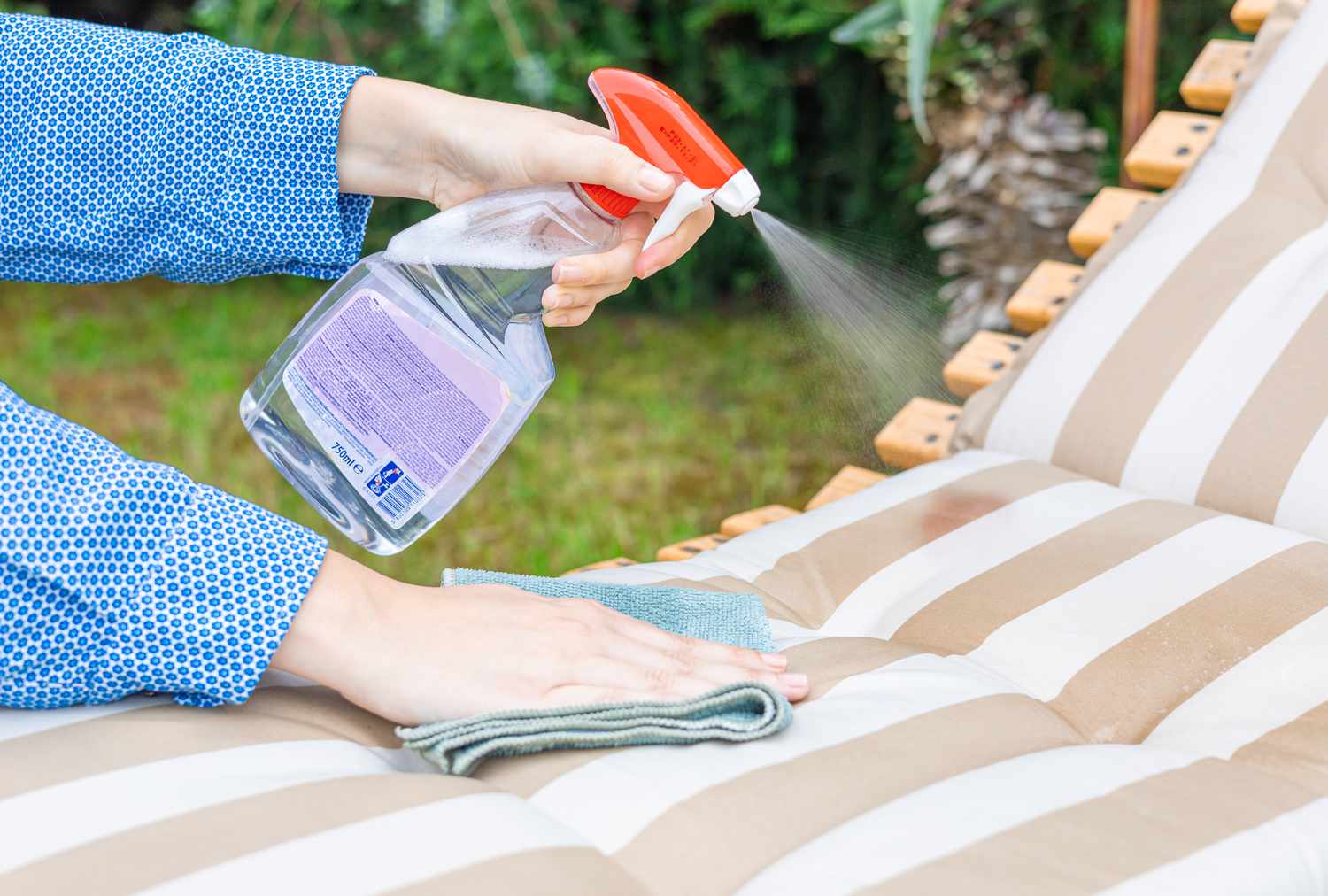

Outdoor Furniture
How To Treat Fabric For Outdoor Use
Modified: January 15, 2024
Learn how to treat fabric for outdoor use and protect your outdoor furniture with our expert tips and advice. Keep your outdoor furniture looking great for longer. Outdoor furniture, furniture, and design.
(Many of the links in this article redirect to a specific reviewed product. Your purchase of these products through affiliate links helps to generate commission for Storables.com, at no extra cost. Learn more)
Introduction
When it comes to outdoor furniture, the fabric used plays a crucial role in both functionality and aesthetics. Whether you're revamping your patio, deck, or garden space, choosing the right fabric and treating it for outdoor use can significantly enhance its durability and visual appeal. This comprehensive guide will delve into the intricacies of outdoor fabric treatment, offering valuable insights and practical tips to ensure that your outdoor furniture remains both stylish and resilient against the elements.
Outdoor fabric treatment involves various processes, such as waterproofing, UV protection, and stain resistance, all of which are essential for preserving the fabric's integrity in outdoor environments. By understanding the nuances of fabric treatment and the available options, you can make informed decisions that will prolong the lifespan of your outdoor furniture, saving you time and money in the long run.
So, join us as we embark on a journey to uncover the secrets of treating fabric for outdoor use, empowering you to transform your outdoor living spaces into inviting and enduring retreats. Whether you're a seasoned outdoor design enthusiast or a novice looking to elevate your al fresco experience, this guide will equip you with the knowledge and confidence to make the most of your outdoor fabric investments.
Key Takeaways:
- Protecting outdoor fabric is essential for durability and style. Treat fabric with waterproofing, UV protection, and stain-resistant treatments to ensure longevity and visual appeal in outdoor spaces.
- Understanding fabric types and treatments is key to preserving outdoor furniture. Choose the right fabric and prepare it properly for outdoor use to enhance resilience and maintain aesthetic charm.
Read more: How To Treat Pine For Outdoor Use
Understanding Outdoor Fabric
Outdoor fabric differs from indoor fabric in several key ways, primarily due to the harsh environmental conditions it must withstand. Unlike indoor fabric, outdoor fabric is designed to resist fading, mold, mildew, and moisture, making it suitable for prolonged exposure to sunlight, rain, and humidity. Common materials for outdoor fabric include acrylic, polyester, and vinyl, each offering unique advantages in terms of durability and maintenance.
Acrylic fabric, such as Sunbrella, is a popular choice for outdoor furniture due to its exceptional resistance to fading and mildew. This type of fabric is also easy to clean, making it ideal for outdoor use where exposure to dirt and debris is inevitable. Polyester is another common material for outdoor fabric, known for its strength and quick-drying properties. Additionally, vinyl-coated polyester is highly durable and resistant to water, making it a practical option for outdoor cushions and upholstery.
Understanding the construction and properties of outdoor fabric is essential for making informed decisions about fabric treatment. By familiarizing yourself with the characteristics of different materials, you can select the most suitable fabric for your outdoor furniture based on factors such as climate, usage, and desired aesthetics.
Moreover, outdoor fabric often undergoes specialized treatments during the manufacturing process to enhance its performance. These treatments may include UV stabilizers to prevent color fading, water repellents to resist moisture, and antimicrobial additives to inhibit mold and mildew growth. By recognizing the features and treatments specific to outdoor fabric, you can gain a deeper appreciation for its resilience and longevity in outdoor settings.
Preparing Fabric for Outdoor Use
Before applying specific treatments to outdoor fabric, it’s essential to prepare the material to ensure optimal adhesion and effectiveness. The preparation process typically involves thorough cleaning and, in some cases, pre-treatment to remove any existing coatings or residues that may hinder the absorption of protective treatments.
Start by inspecting the fabric for any visible dirt, stains, or residues. Use a soft brush or vacuum to remove loose debris and dirt from the surface. For more stubborn stains, consider using a gentle detergent or specialized fabric cleaner, following the manufacturer’s instructions to avoid damaging the fabric. Once the fabric is clean and dry, it’s ready to undergo the necessary treatments to fortify it for outdoor use.
Additionally, if the fabric has been previously treated with water or stain repellents, it’s advisable to check whether these treatments are still effective. Sprinkle a few drops of water onto the fabric to see if it beads up, indicating that the water repellent is still active. If the water is absorbed, it may be time to reapply a water repellent treatment to restore the fabric’s resistance to moisture.
By meticulously preparing the fabric for outdoor use, you create a clean and receptive surface for the application of protective treatments, ensuring that the fabric is primed to withstand the rigors of outdoor exposure. This preparatory step sets the stage for the subsequent application of waterproofing, UV protection, and stain-resistant treatments, maximizing the fabric’s longevity and performance in outdoor environments.
Waterproofing Fabric
Waterproofing outdoor fabric is a crucial step in preserving its integrity and ensuring resistance to moisture, thereby preventing mold, mildew, and premature deterioration. There are various methods and products available for waterproofing fabric, each offering unique benefits and application techniques.
Silicone-based waterproofing sprays are a popular choice for treating outdoor fabric due to their ease of application and effectiveness in repelling water. These sprays create a protective barrier on the fabric’s surface, allowing water to bead up and roll off instead of being absorbed. When applying a silicone-based waterproofing spray, it’s important to do so in a well-ventilated area and follow the manufacturer’s instructions to achieve an even and thorough coverage.
Another effective method for waterproofing fabric is using wash-in waterproofing solutions, which are designed to be added to the washing machine during the fabric’s cleaning cycle. This method ensures comprehensive coverage and uniform waterproofing, as the solution permeates the fabric’s fibers, providing long-lasting protection against moisture.
For more heavy-duty applications, such as outdoor cushions and upholstery, utilizing waterproofing treatments that create a flexible and durable barrier is recommended. These treatments often come in the form of specialized coatings or sealants that are applied with a brush or roller, providing a robust shield against water infiltration while maintaining the fabric’s breathability and texture.
Regardless of the method chosen, waterproofing outdoor fabric is an essential measure for safeguarding it against rain, dew, and accidental spills. By implementing a waterproofing regimen, you not only prolong the lifespan of your outdoor furniture but also minimize the risk of moisture-related issues that can compromise the fabric’s appearance and structural integrity.
To treat fabric for outdoor use, apply a fabric protector spray to repel water and stains. Make sure to follow the manufacturer’s instructions for best results.
UV Protection for Fabric
Exposure to ultraviolet (UV) radiation from the sun can cause outdoor fabric to fade, weaken, and deteriorate over time. To mitigate the damaging effects of UV rays, it’s crucial to apply UV protection treatments to outdoor fabric, preserving its color vibrancy and structural resilience.
UV protectant sprays and solutions are specifically formulated to shield fabric from the sun’s harmful rays, effectively prolonging its lifespan and visual appeal. These treatments act as a barrier against UV radiation, preventing color fading and fiber degradation, particularly in fabrics exposed to direct sunlight for extended periods.
When selecting a UV protection treatment for outdoor fabric, opt for products that offer broad-spectrum UV resistance, safeguarding against both UVA and UVB rays. Additionally, consider the treatment’s compatibility with the fabric material to ensure optimal adhesion and effectiveness.
Applying UV protection treatments to outdoor fabric is a straightforward process, typically involving spraying or brushing the solution onto the clean and dry fabric surface. It’s important to allow the fabric to thoroughly dry after the application to ensure proper bonding and maximum UV resistance.
Regular reapplication of UV protection treatments is recommended, especially in regions with intense sunlight or for fabric exposed to prolonged outdoor conditions. By maintaining a consistent UV protection regimen, you can uphold the fabric’s visual allure and structural integrity, preserving the investment in your outdoor furniture for years to come.
Read more: How To Treat Redwood For Outdoor Use
Stain-Resistant Treatments
Outdoor fabric is often subjected to a myriad of potential staining agents, ranging from food and beverage spills to environmental pollutants and natural debris. Implementing stain-resistant treatments is paramount in safeguarding outdoor fabric against unsightly stains and simplifying the cleaning process.
Stain-resistant treatments, available in various forms such as sprays, solutions, and coatings, create a protective barrier that repels liquids and minimizes the absorption of stains into the fabric. These treatments are designed to enhance the fabric’s resistance to common staining agents, allowing for easier spot cleaning and maintenance.
When applying stain-resistant treatments to outdoor fabric, it’s essential to ensure that the material is clean and free of any existing stains or residues. This preparatory step sets the foundation for the treatment to adhere effectively and provide comprehensive stain protection.
Stain-resistant treatments not only mitigate the risk of permanent staining but also contribute to the fabric’s overall cleanliness and longevity. By minimizing the impact of spills and soiling, these treatments facilitate easier upkeep and preserve the fabric’s aesthetic appeal, making outdoor furniture more inviting and enduring.
Regular assessment of the fabric’s stain resistance, especially after prolonged use or exposure to inclement weather, enables timely reapplication of the treatments to maintain optimal protection. By integrating stain-resistant treatments into your outdoor fabric care routine, you can enjoy a worry-free and visually impeccable outdoor living space, conducive to relaxation and entertainment.
Conclusion
Transforming outdoor spaces into inviting retreats requires thoughtful consideration of fabric treatment to ensure durability, visual appeal, and ease of maintenance. By understanding the unique properties of outdoor fabric and the available treatment options, you can elevate your outdoor furniture’s resilience and aesthetic charm, enhancing the overall al fresco experience.
From waterproofing to UV protection and stain resistance, each facet of fabric treatment contributes to the fabric’s ability to withstand the elements while retaining its beauty. By preparing the fabric meticulously and applying targeted treatments, you fortify it against moisture, UV radiation, and potential staining, thereby prolonging its lifespan and enhancing its functionality.
Furthermore, the process of fabric treatment is not merely a practical measure but also an opportunity to infuse personal style and creativity into outdoor design. With an array of fabric colors, patterns, and textures available, treating outdoor fabric presents an avenue for expressing your unique outdoor aesthetic while ensuring long-term performance.
As you embark on your fabric treatment journey, remember that regular maintenance and periodic reapplication of treatments are essential for sustaining the fabric’s protective qualities. By incorporating fabric treatment into your outdoor furniture care routine, you invest in the longevity and allure of your outdoor living spaces, fostering an environment that beckons relaxation and enjoyment.
In conclusion, treating fabric for outdoor use is a multifaceted endeavor that encompasses practicality, aesthetics, and preservation. By embracing the principles and techniques outlined in this guide, you empower yourself to curate outdoor spaces that exude charm, resilience, and enduring beauty, setting the stage for memorable moments and cherished gatherings amidst the splendor of the great outdoors.
Frequently Asked Questions about How To Treat Fabric For Outdoor Use
Was this page helpful?
At Storables.com, we guarantee accurate and reliable information. Our content, validated by Expert Board Contributors, is crafted following stringent Editorial Policies. We're committed to providing you with well-researched, expert-backed insights for all your informational needs.
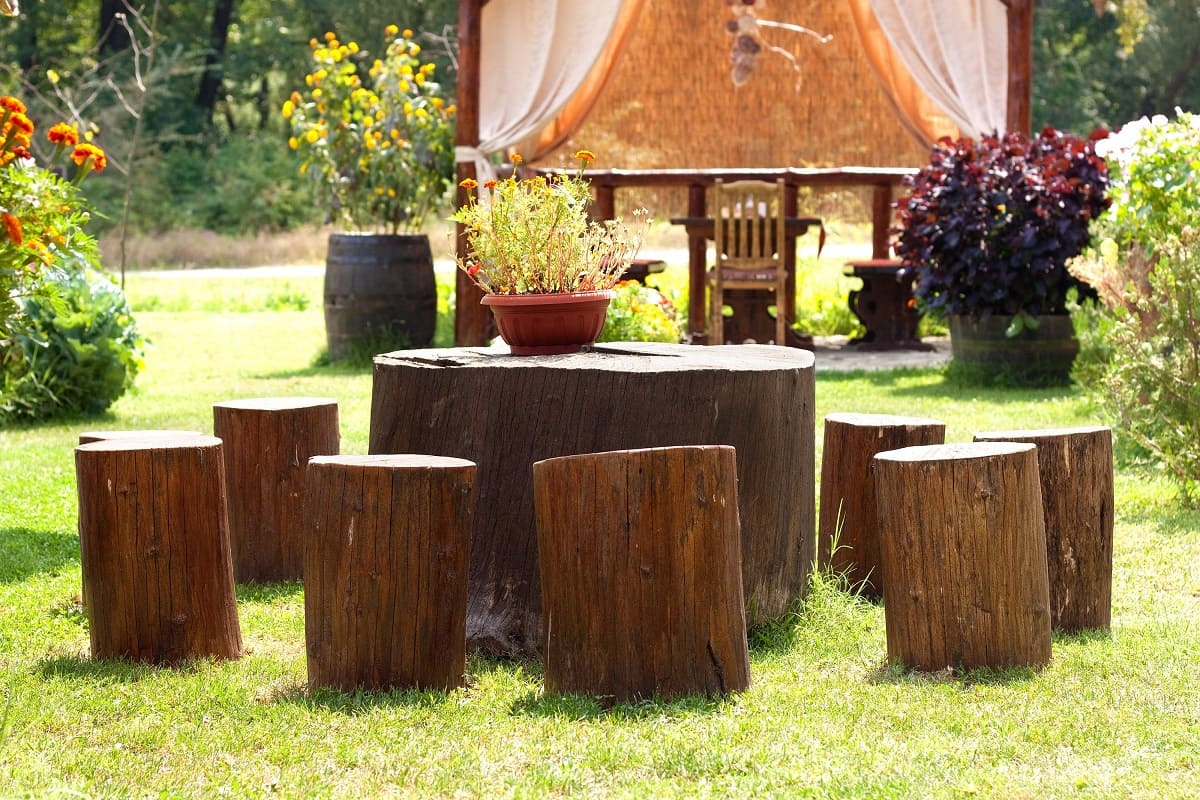
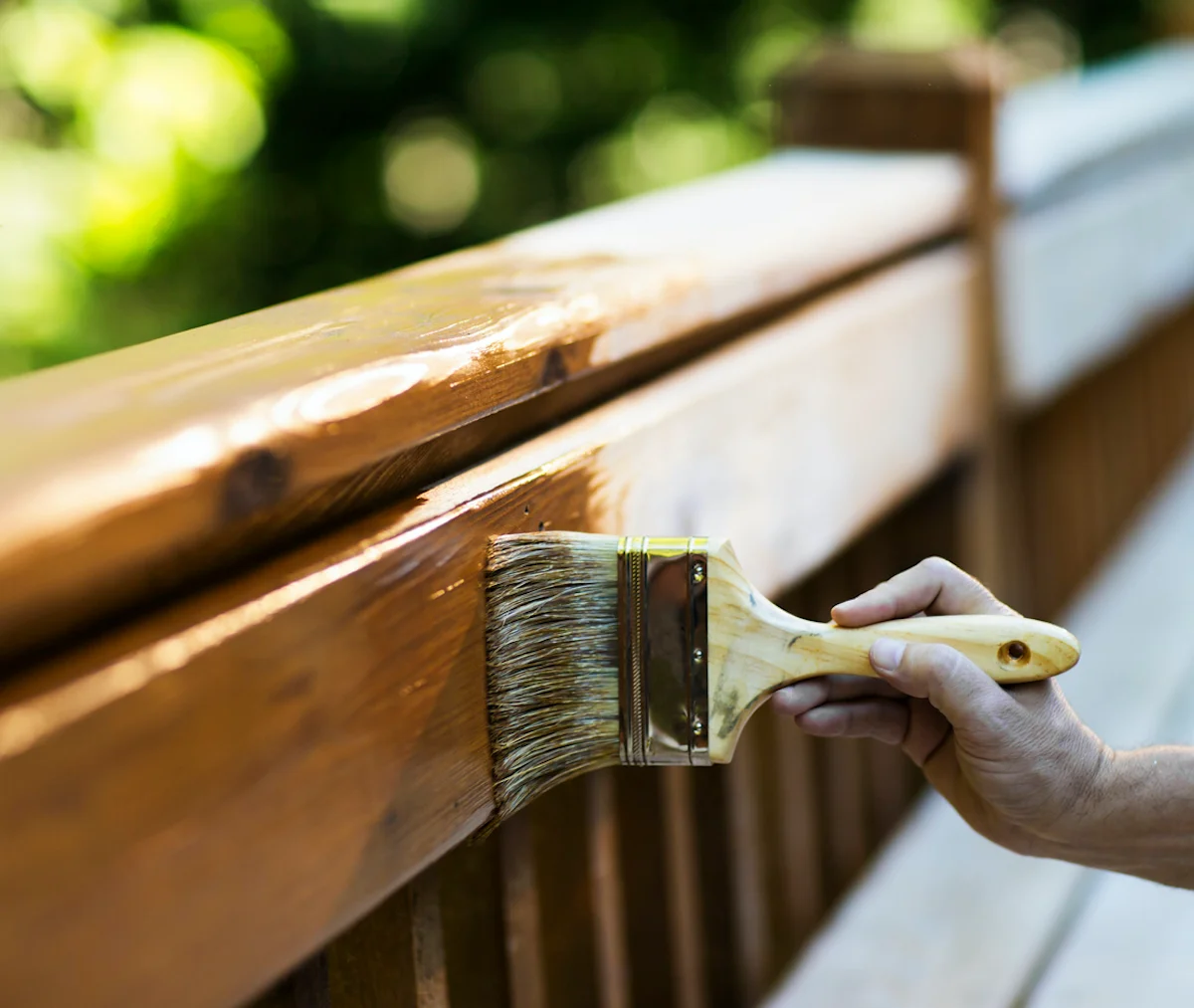
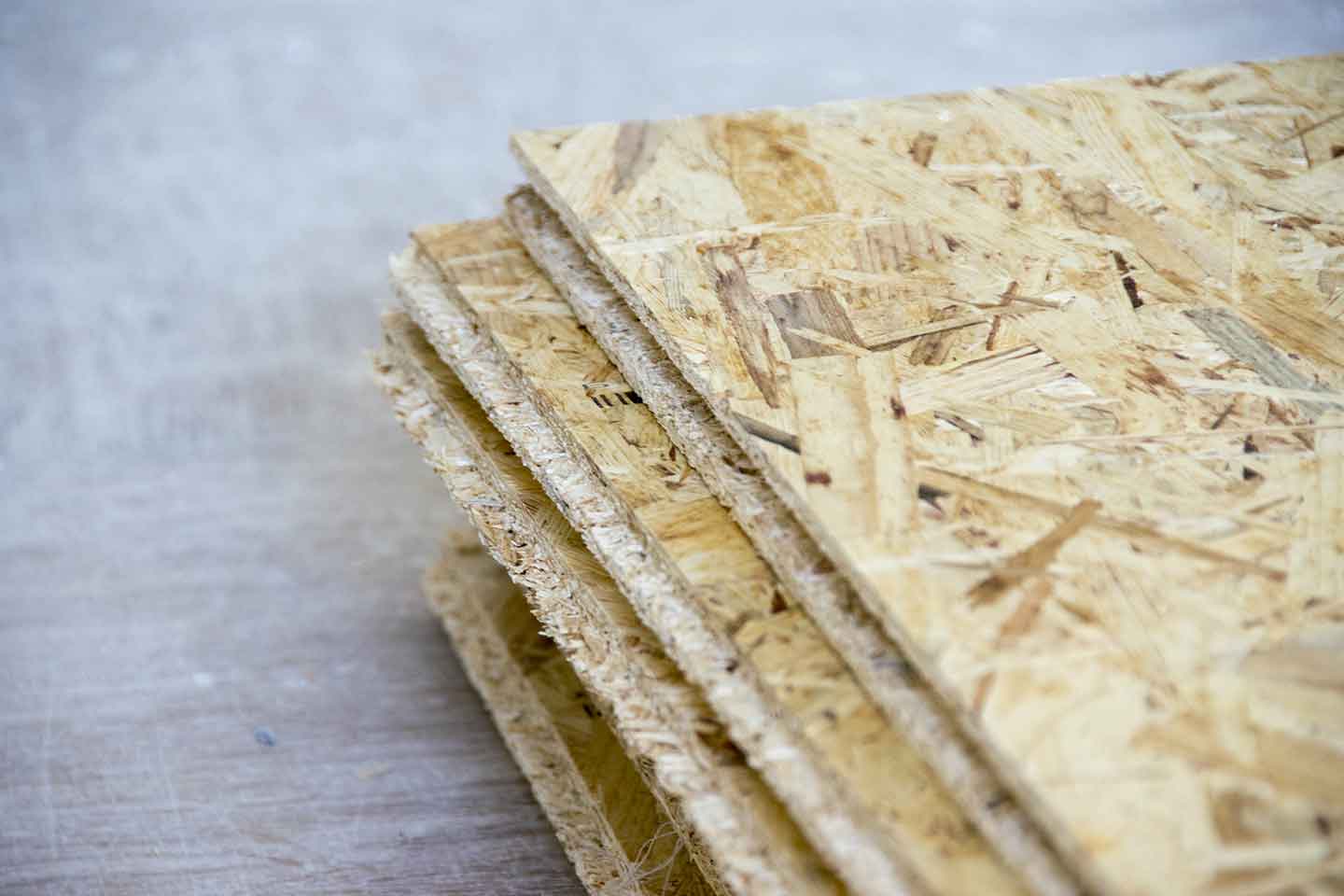
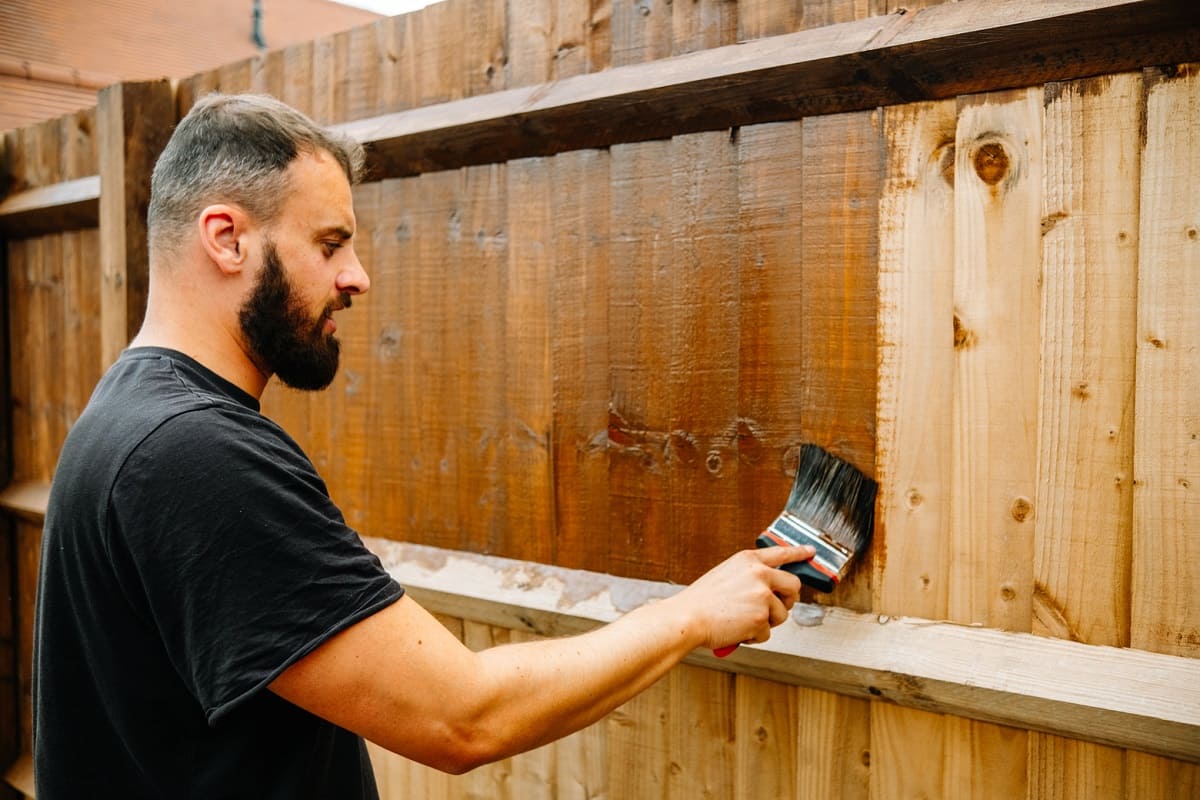
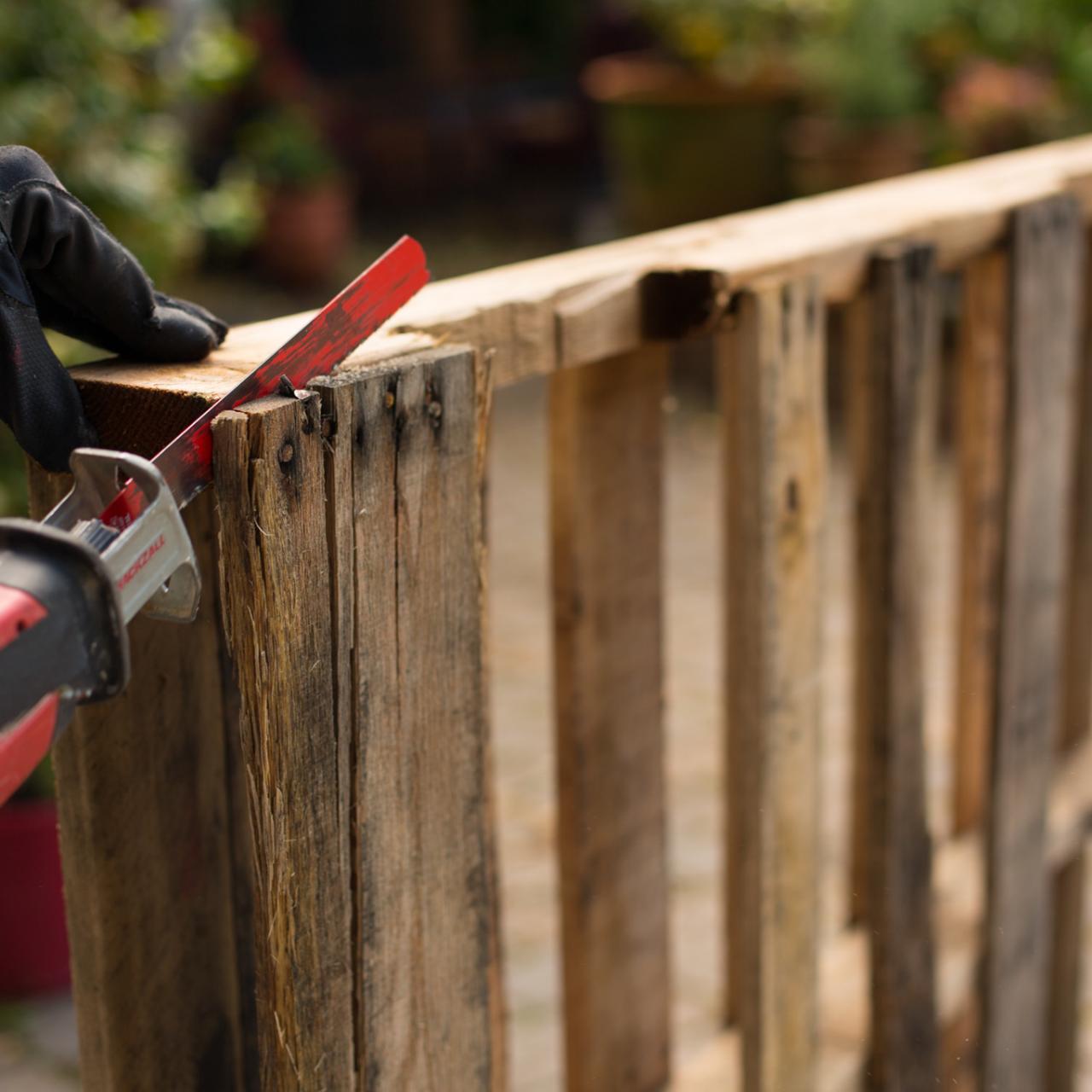
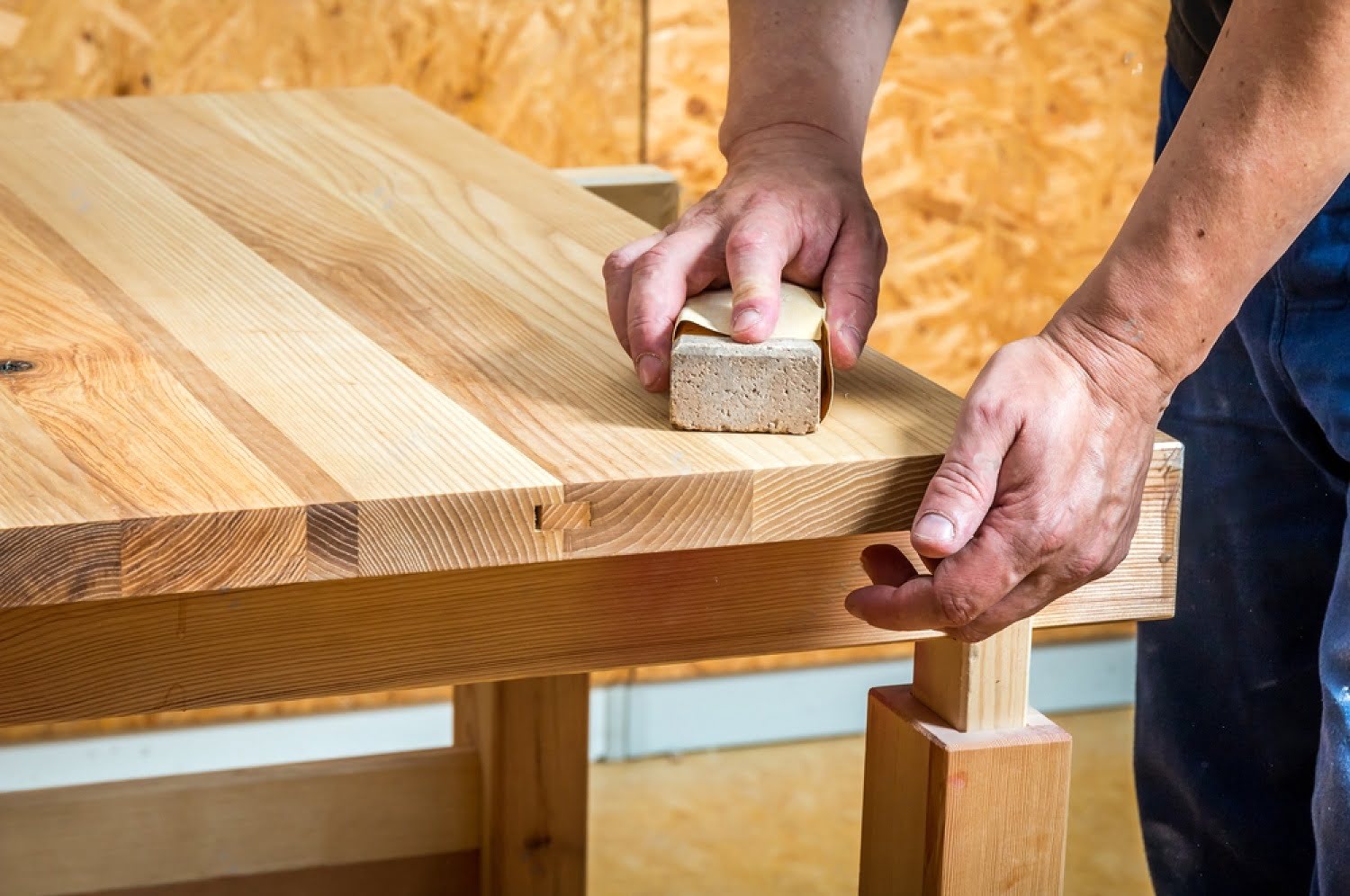
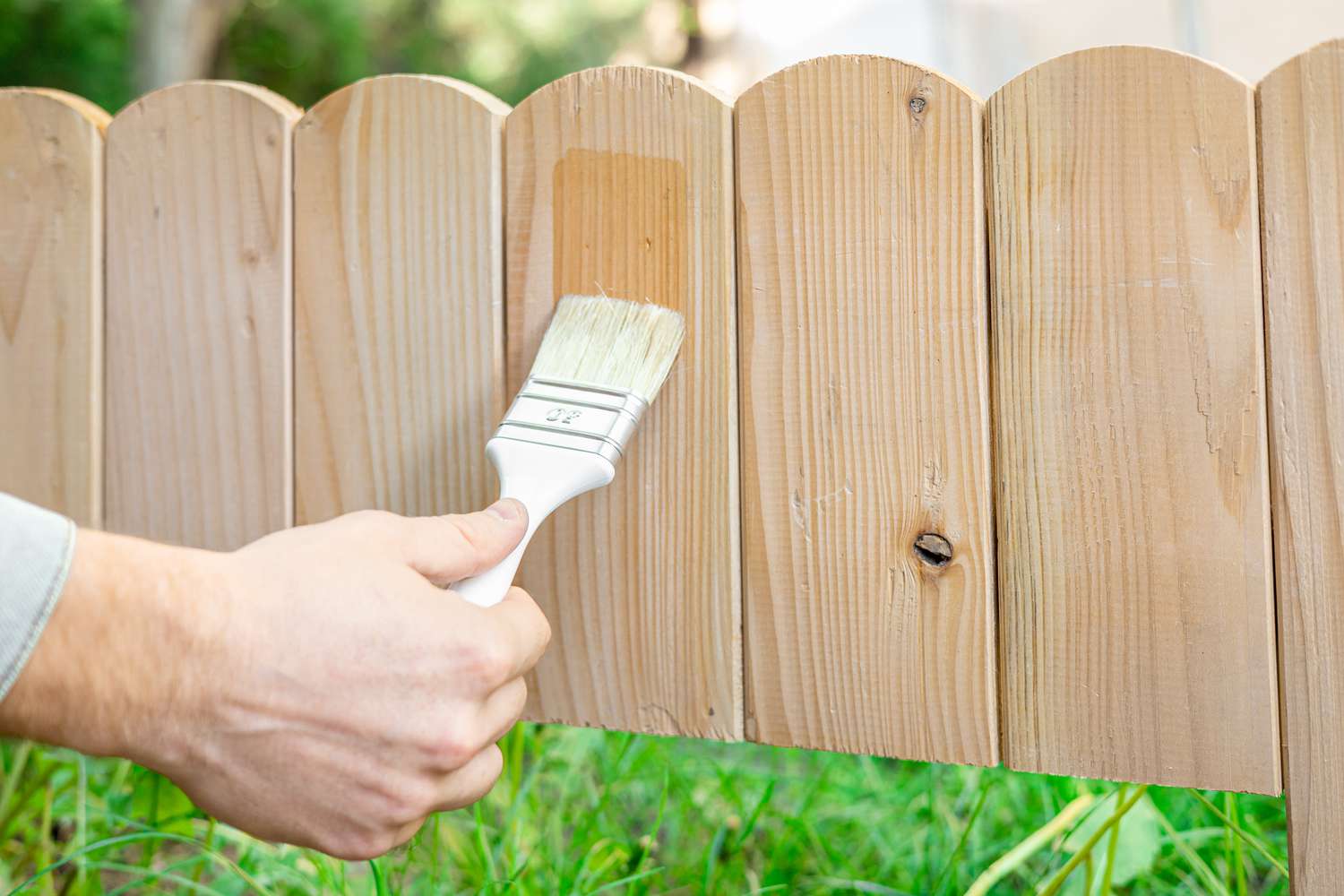
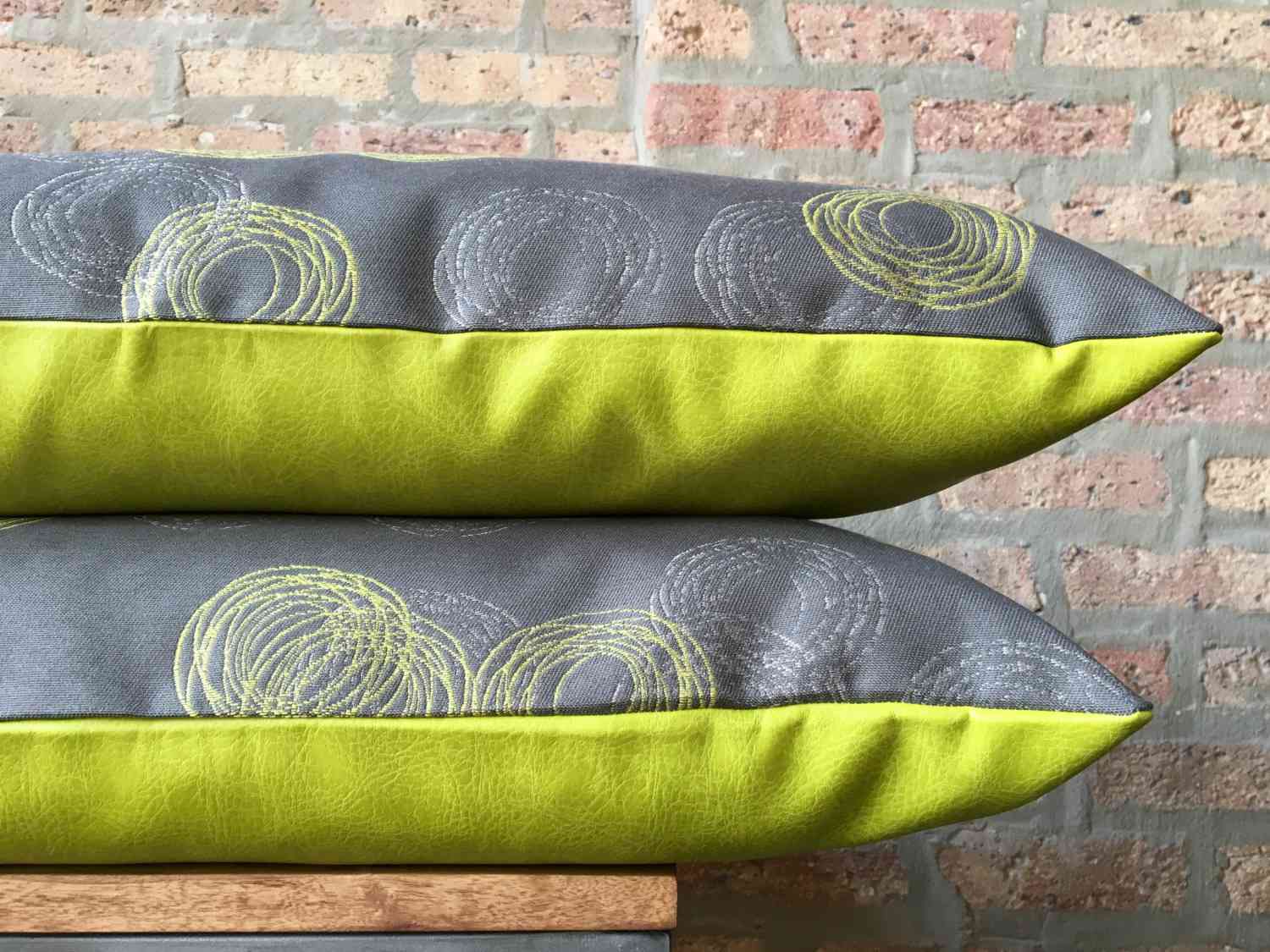
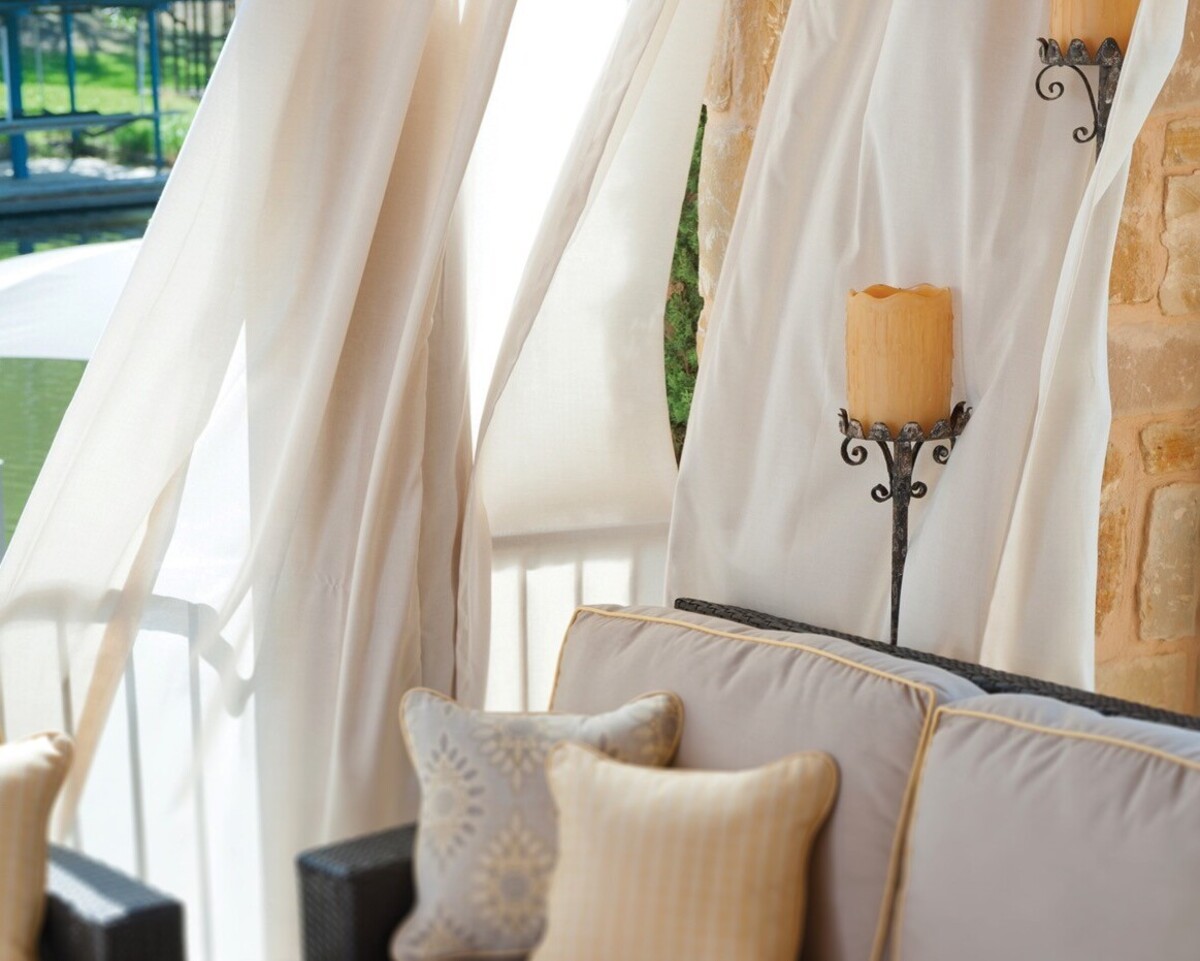
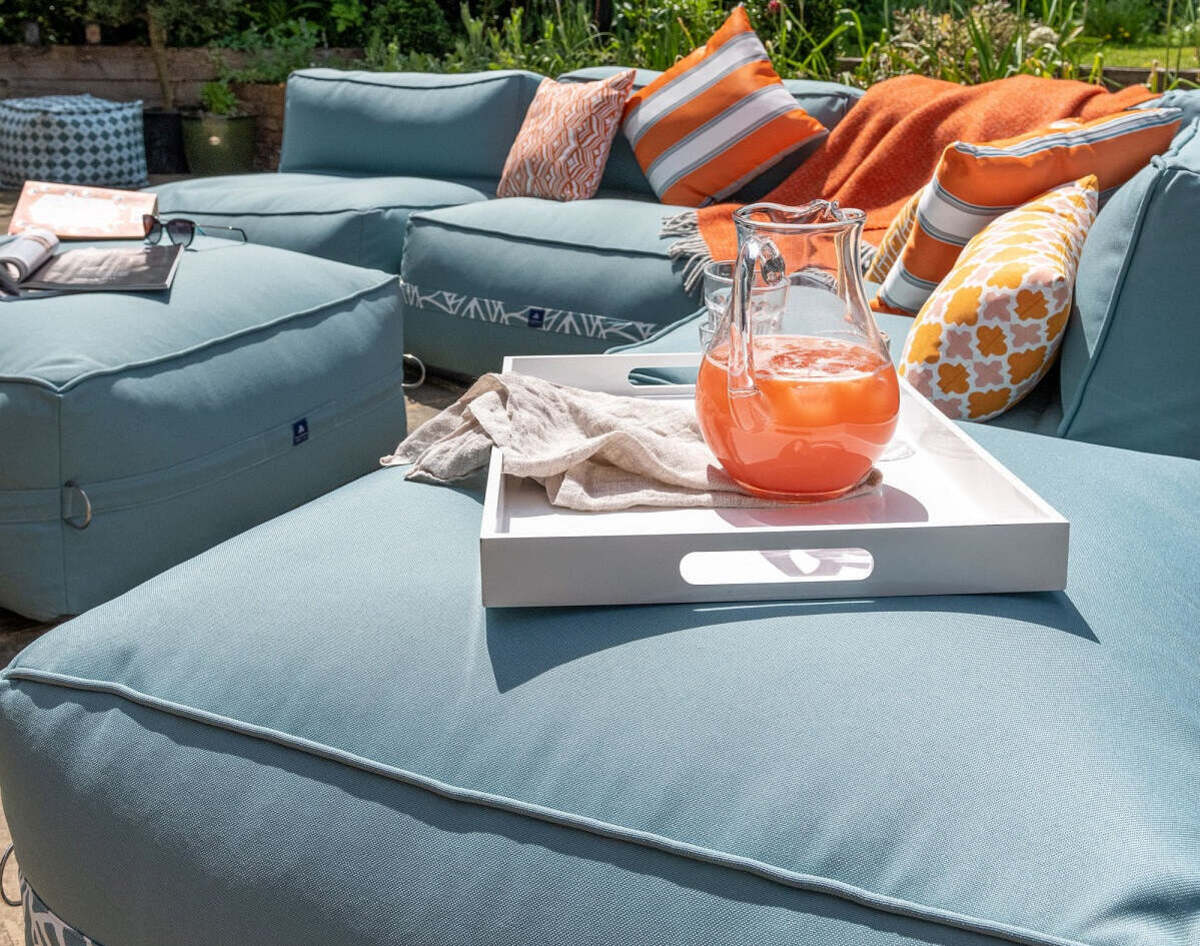
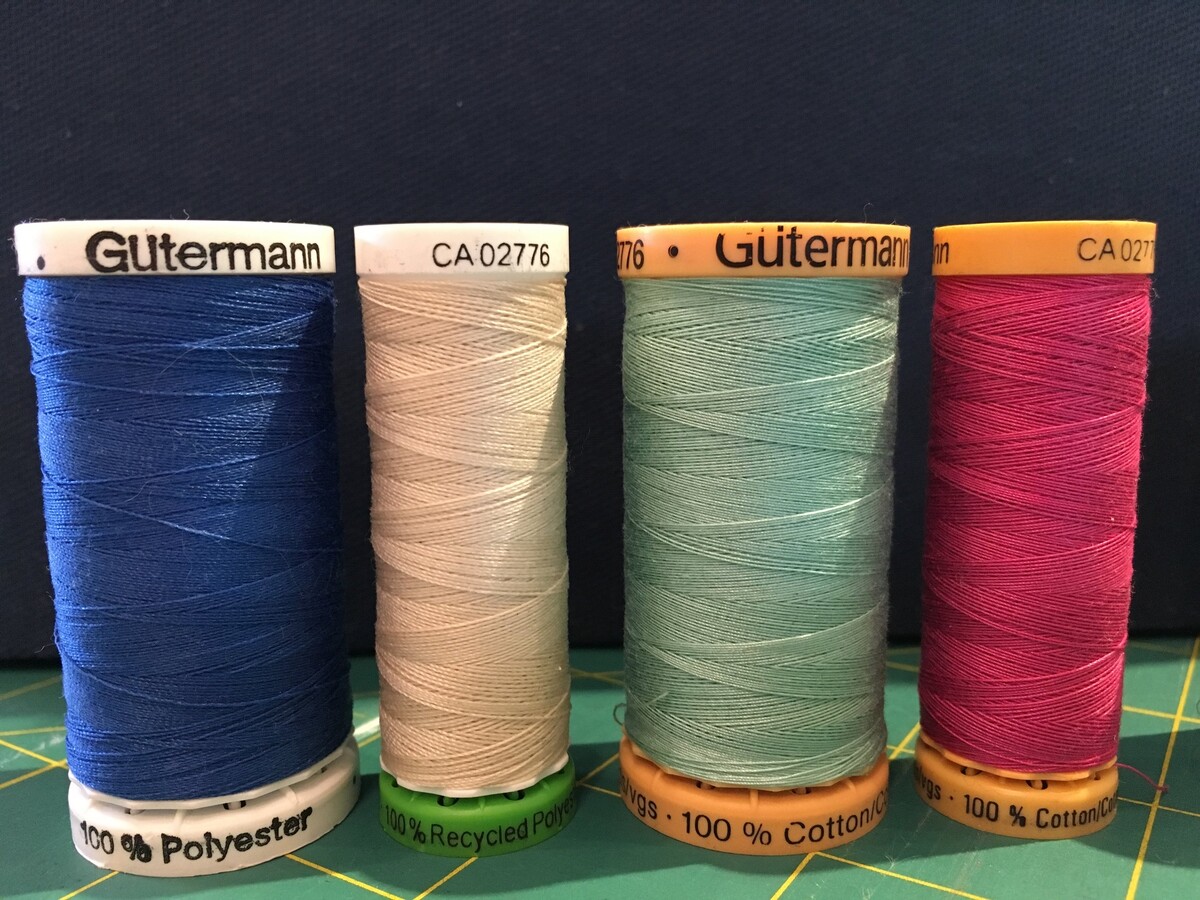
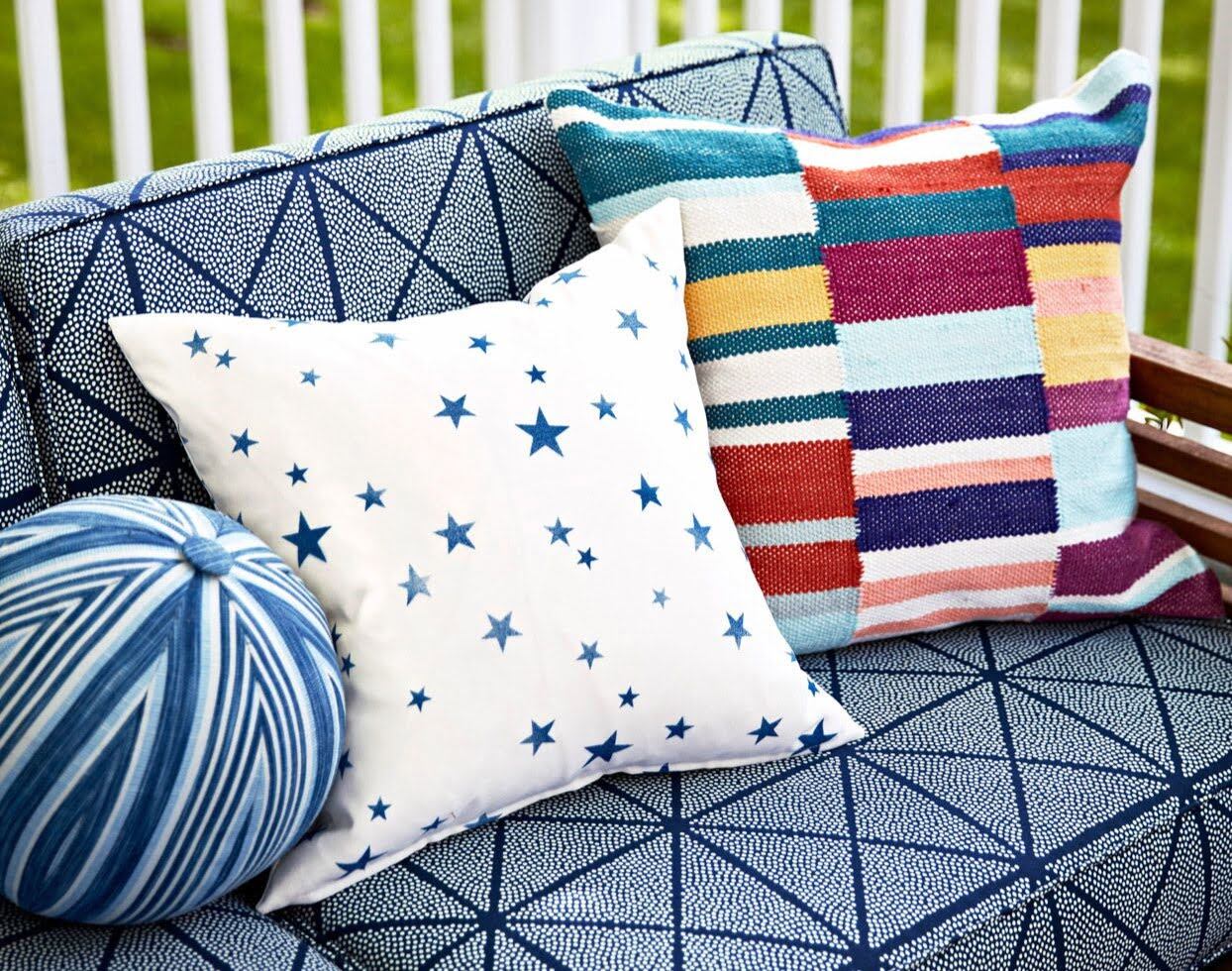
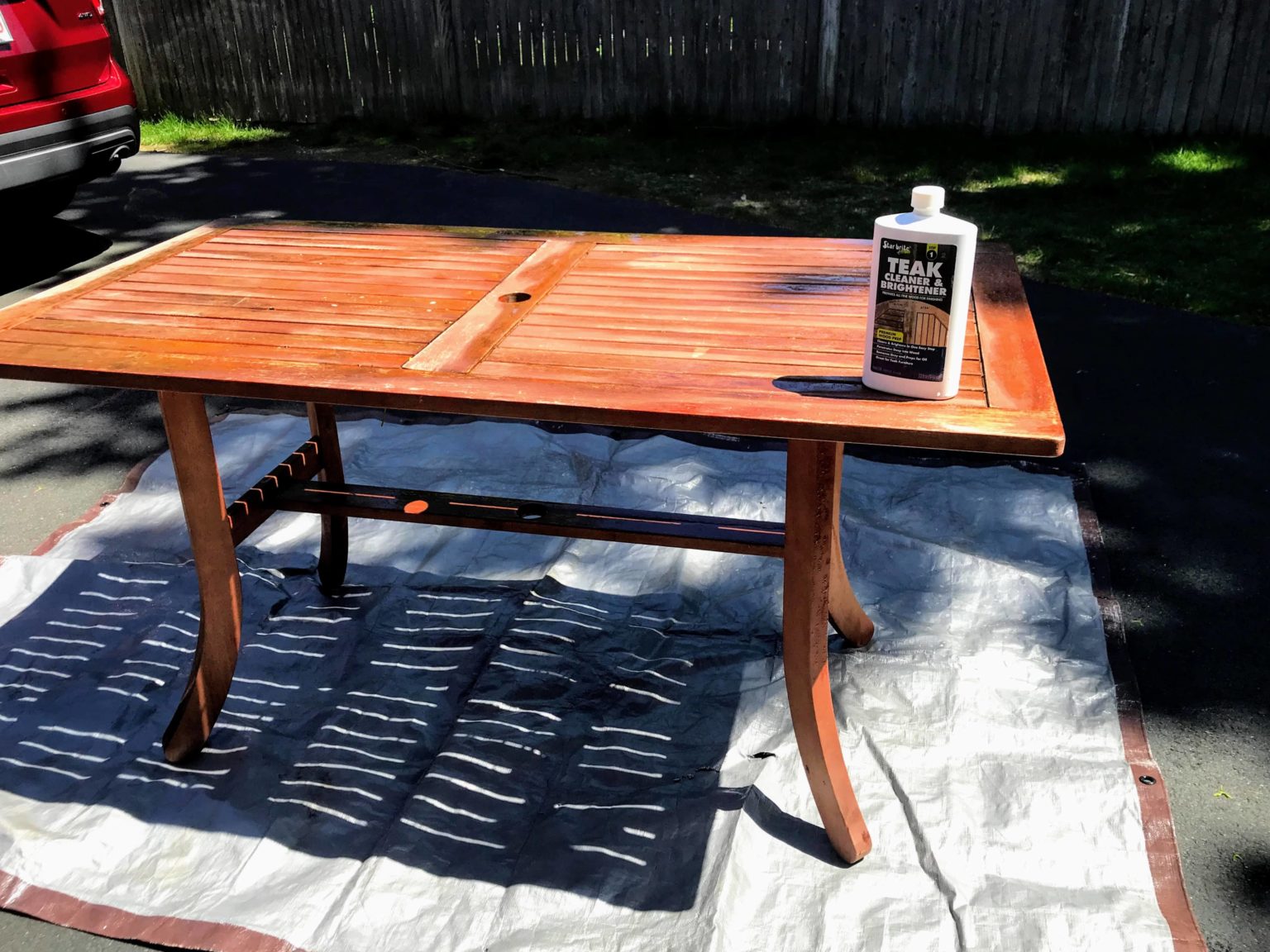
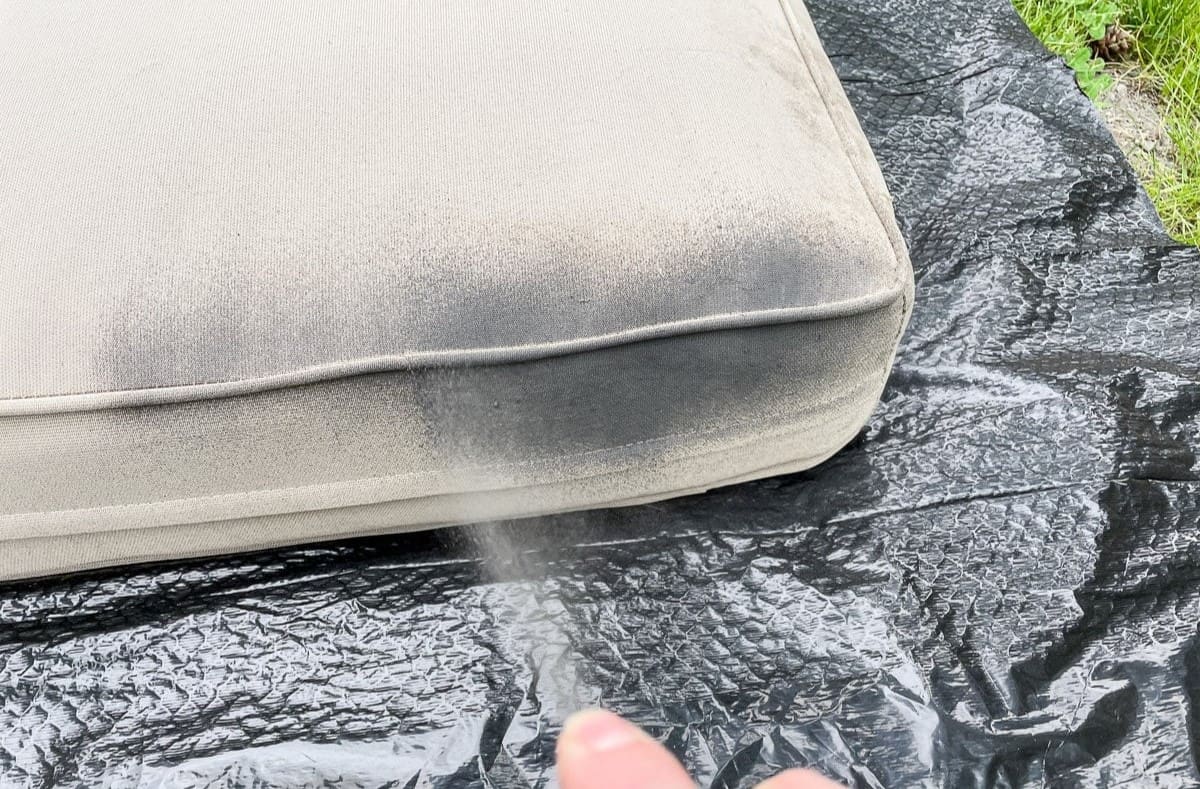

0 thoughts on “How To Treat Fabric For Outdoor Use”